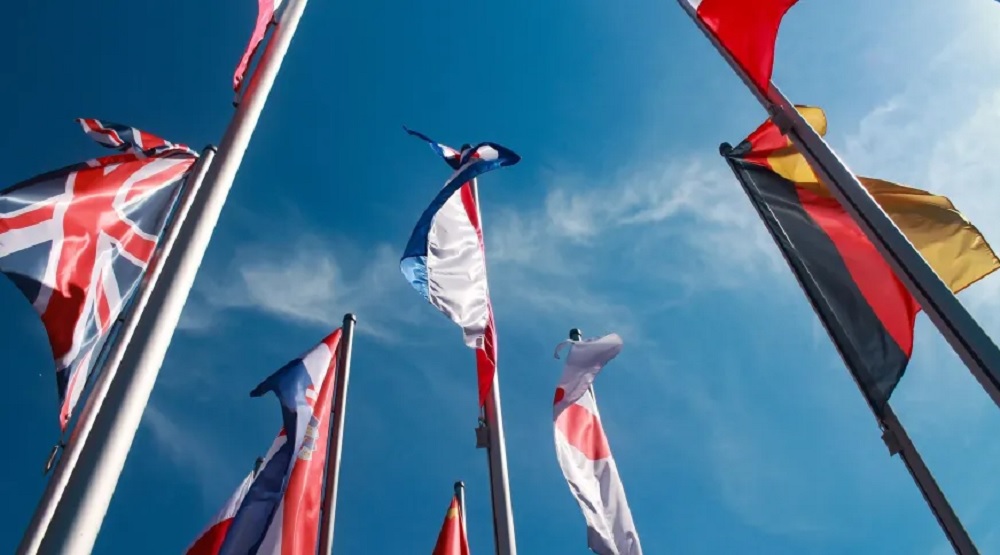RIO DE JANEIRO, BRAZIL – On Tuesday, January 25, Brazil received the much awaited news that the Organization for Economic Cooperation and Development (OECD) Council of Ministers has approved the start of negotiations on the country’s membership to the entity.
Since 2017, when it formalized its request, Brazil has been seeking to join the select group comprising 38 of the world’s 200 or so countries – hence the nickname, no longer as accurate as in the past, that the OECD would be the team gathering the wealthy nations.

The United States, the United Kingdom, and Japan, as well as Chile, Mexico, and Costa Rica, are some of the current members of the organization.
Argentina, Bulgaria, Croatia, Peru and Romania were the other 5 nations that, along with Brazil, also received on Tuesday the invitation to start the process of joining the organization.
This is a long process, with no fixed deadline, which involves everything from evaluating the political, economic and social situation of the country to potential needs for adjustments in local laws. The process leading up to a formal admission may take from 3 to 5 years.
WHAT THE OECD IS AND HOW IT OPERATES:
The OECD is a cooperative group among its members and in partnership with other countries, with the aim of “building better policies for better lives,” according to its official description.
Its work involves ongoing dialogue with governments, parliaments, academia, and civil associations everywhere in the world through research, conferences, projects, partnerships, and consultancies, for instance.
Its work is based on three main pillars: to inform (through the collection, analysis, and disclosure of global data); to influence (through partnerships and dialogue with different leaders); and to create benchmarks, on subjects as diverse as education, taxes, or the environment.
It is the OECD that is coordinating the discussions opened last year for the creation of a global minimum tax for large corporations, in a joint offensive against tax havens.
It is also the originator of PISA, the Programme for International Student Assessment, the international reference in educational assessment of countries worldwide.
THE ORIGINS
Before becoming the OECD as it is known today, the organization was born in 1948 as the Organization for European Economic Cooperation (OCEE), an entity gathering 18 Western European countries at the end of World War II and the beginning of the Cold War.
The goal was to manage the resources of the Marshall Plan, an investment program conducted by the United States to rebuild European countries in the post-war period.
It was on December 14, 1960 that the group was reformed as the “Organization for Economic Cooperation and Development” – the OECD – in a convention signed by the first 20 member countries, which included the main European countries, as well as the United States and Canada.
The entity came into existence in 1961, with very similar aims and goals to today’s, to foster the economic development of its participants and partners.
REQUIREMENTS FOR JOINING THE OECD
To be accepted into the club, a candidate nation must demonstrate that it is aligned with a set of principles that govern OECD member countries.
Among them are “the preservation of individual freedom, democratic values, protection of human rights, and the value of open, commercial, competitive, sustainable, and transparent market economies,” according to the press release issued by the organization on the opening of the accession process for Brazil and the other countries.
Promoting sustainable economic growth, commitment to fighting climate change, deforestation, and biodiversity loss are other key pillars.
All candidate countries then undergo an extensive evaluation of all these requirements and can expect support in any adjustments that may be required before they can be accepted and receive a formal invitation as new OECD members.
The evaluation is not time bound and is performed by over 20 technical committees.
CURRENT MEMBERS
Germany
Australia
Austria
Belgium
Canada
Chile
Colombia
South Korea
Costa Rica
Denmark
Slovakia
Slovenia
Spain
United States of America
Estonia
Finland
France
Greece
Netherlands
Hungary
Ireland
Iceland
Israel
Italy
Japan
Latvia
Lithuania
Luxembourg
Mexico
Norway
New Zealand
Poland
Portugal
United Kingdom
Czech Republic
Sweden
Switzerland
Turkey

